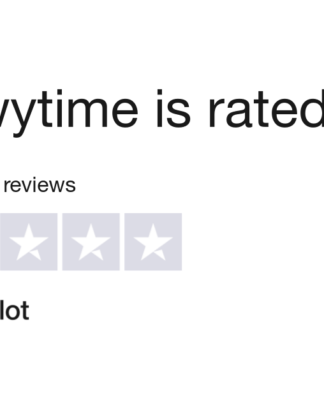A lot of work goes into producing high-quality videos. In fact, it entails more effort than most of us can imagine, and then some. That’s why it would be prudent to engage knowledgeable professionals to streamline the process.
But before seeking video production company services and signing on the dotted line, it would help to know what you can expect. If you’re unsure where to begin, there’s no cause for concern. Typically, the process involves three core aspects:
- Pre-production planning
- Production
- Post-production editing
Here’s a more in-depth look at what each stage entails:
Pre-Production
Before starting the production process, it’s critical to get your toes wet by identifying the video’s objective and target audience. Doing so allows you to select the appropriate video type and method of delivery.
You would also have to create a budget for your project. For instance, if you need to hire high-definition cameras or specialty audio equipment, related costs would have to be part of your plan. Some of the other services a video production company would offer during this stage include:
- Scriptwriting- drafting a narrative of actions or expressions to tell your story visually
- Storyboarding- creating a visual representation of the sequence of scenes in a video
- Selecting scenes to include
- Searching for suitable locations to record a video
- Choosing an appropriate cast or actors and assigning roles
A plan of attack is a vital part of producing a film or video that realizes the goals you have in mind. It involves taking care of your project’s creative and logistical aspects, both of which can make or break your production.
Production: Video Creation
The rubber meets the road in this stage. To pull off a video shoot, you need a concerted effort by a professional production team. Without proper coordination, it’s unlikely a production team can tell your story as you would expect. Some of the members of the team would include:
- A Producer to coordinate, direct, and supervise the talent
- A photography director to bring your vision to life by overseeing the video and lighting department
- Camera operators for the actual shoot and assistants to help sync the video and audio with the help of clapper boards
- Makeup and hair artists: to enhance or alter the appearance of the actors in a video
- Video grips – responsible for organizing, setting up, or building the set for your video
- An Audio engineer: to fine-tune the sound by mixing or manipulating sound and other effects
Assembling such a team can be expensive, and cost overruns are common during video production. Sudden unexpected changes may occur, necessitating adjustments on your part. It’s therefore advisable to have a flexible budget to stave off disappointment.
Post-Production Editing
Editing involves taking the recorded content and making adjustments. For instance, some scenes may need to be excluded from the film, and the color may require correction.
Color correction attempts to give a video a more natural look- the same way you would see the content in real life. It involves the use of editing software to adjust various aspects such as contrast and color. A film colorist works alongside a cinematographer to iron out some of the visual issues that require fixing. Still, some of the scenes may need rearranging to give the film a better sequence based on input from the client or producer.
A colorist may also need to stylize the video. Generally, the process enhances a film’s visual appeal by emphasizing its tone or atmosphere for a more cinematic look.
Before the scenes are stitched together, an editor corrects some of the errors present in the footage. The audio may also need some work. For instance, a narrator may need to record their lines before integrating them into the video. Such a recording is then processed and synced to the film. Also, editors can introduce sound effects at this stage and sync the sounds in the video, so they are one with the actions displayed in the video.
If a production requires music, it would have to be sourced in advance and licensed to avoid issues down the road. An audio artist would have to provide screen cues for integrating music in a way that enhances the viewing experience without creating a distraction.
Overall, editing optimizes the footage, making it easier to add other visual effects seamlessly. It’s also a painstaking process requiring patience and attentiveness to minute details. Once everything is up to scratch, the client can take delivery of the video files in readiness for distribution.
As you have noticed, video production is like a delicate dance with many moving parts. A video production team shoulders the responsibility of ensuring every aspect of a project runs smoothly. For the uninitiated, organizing all the elements and keeping them in harmony can be challenging. That’s why it’s advisable to hire an experienced video production team to ensure everything goes according to plan.















